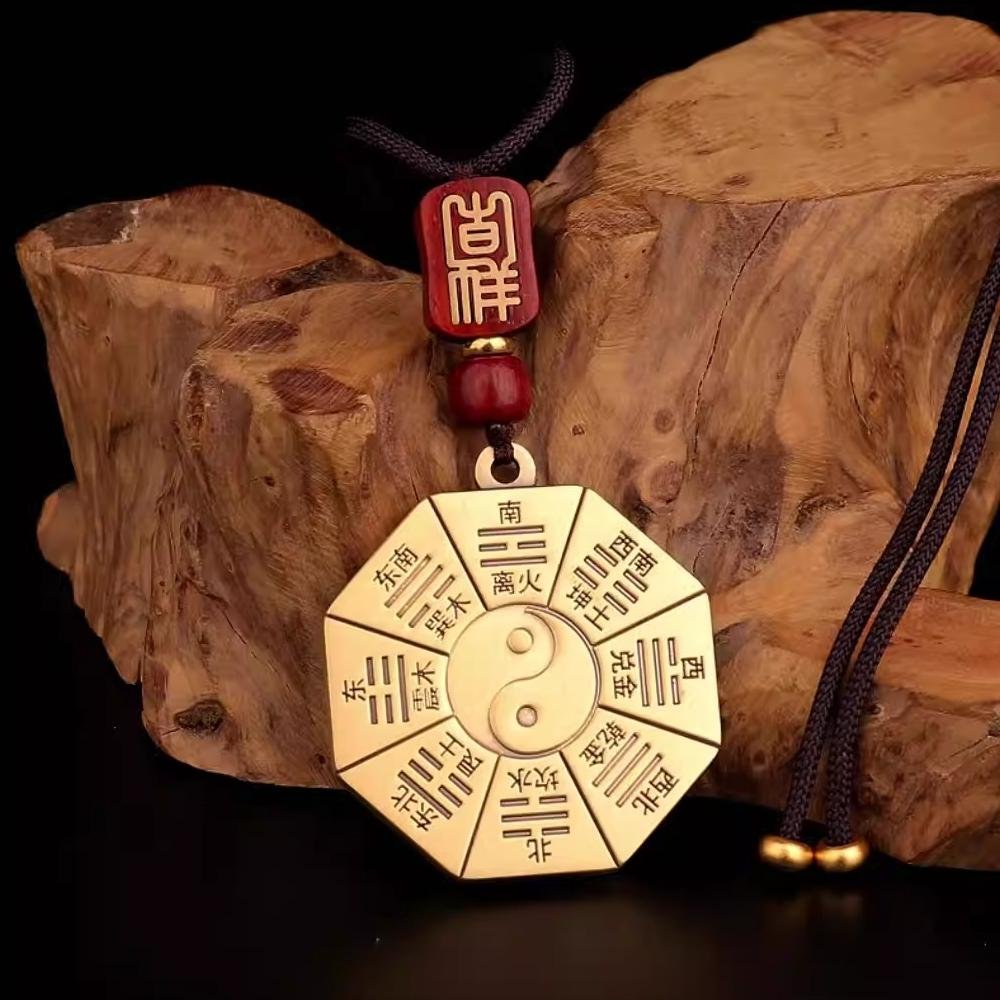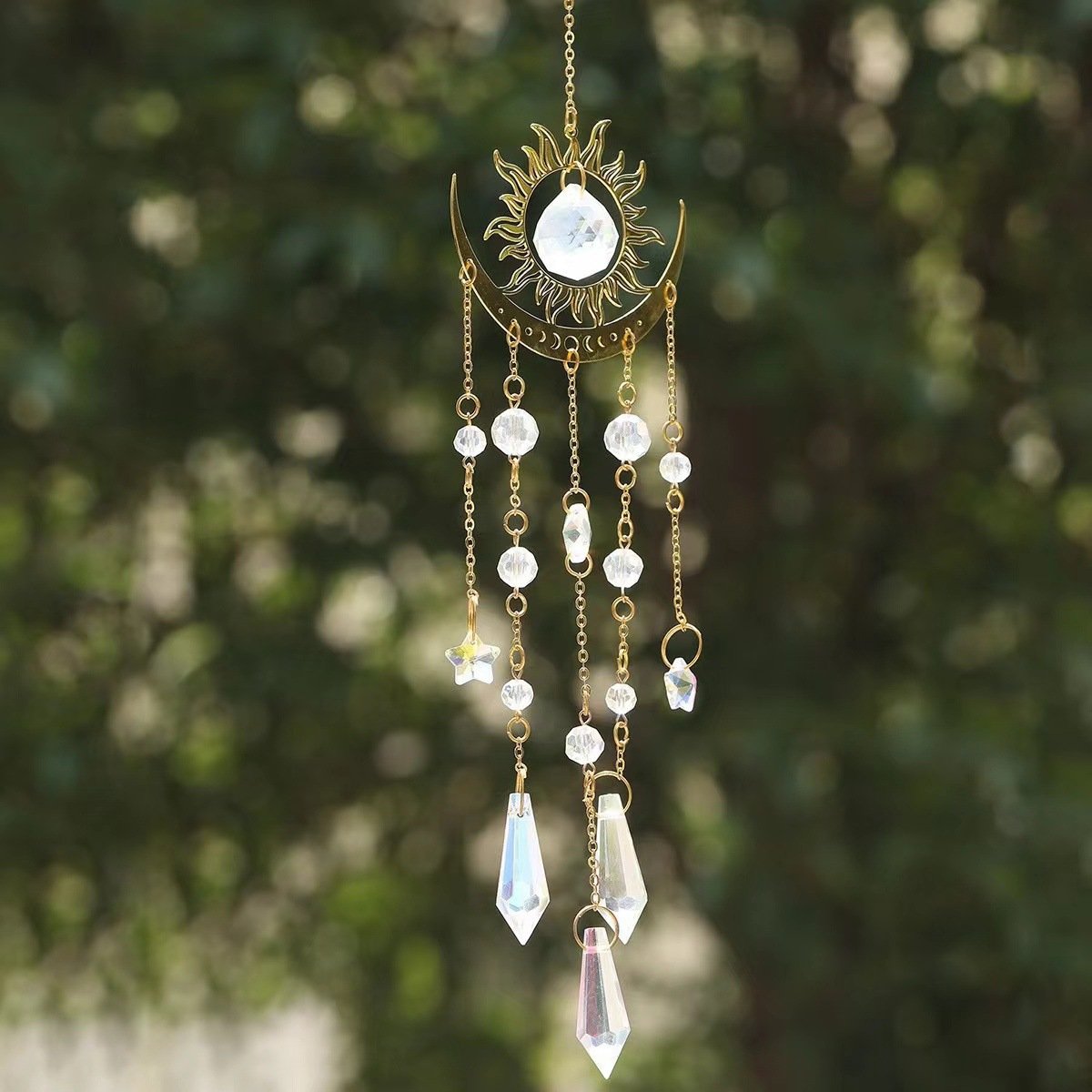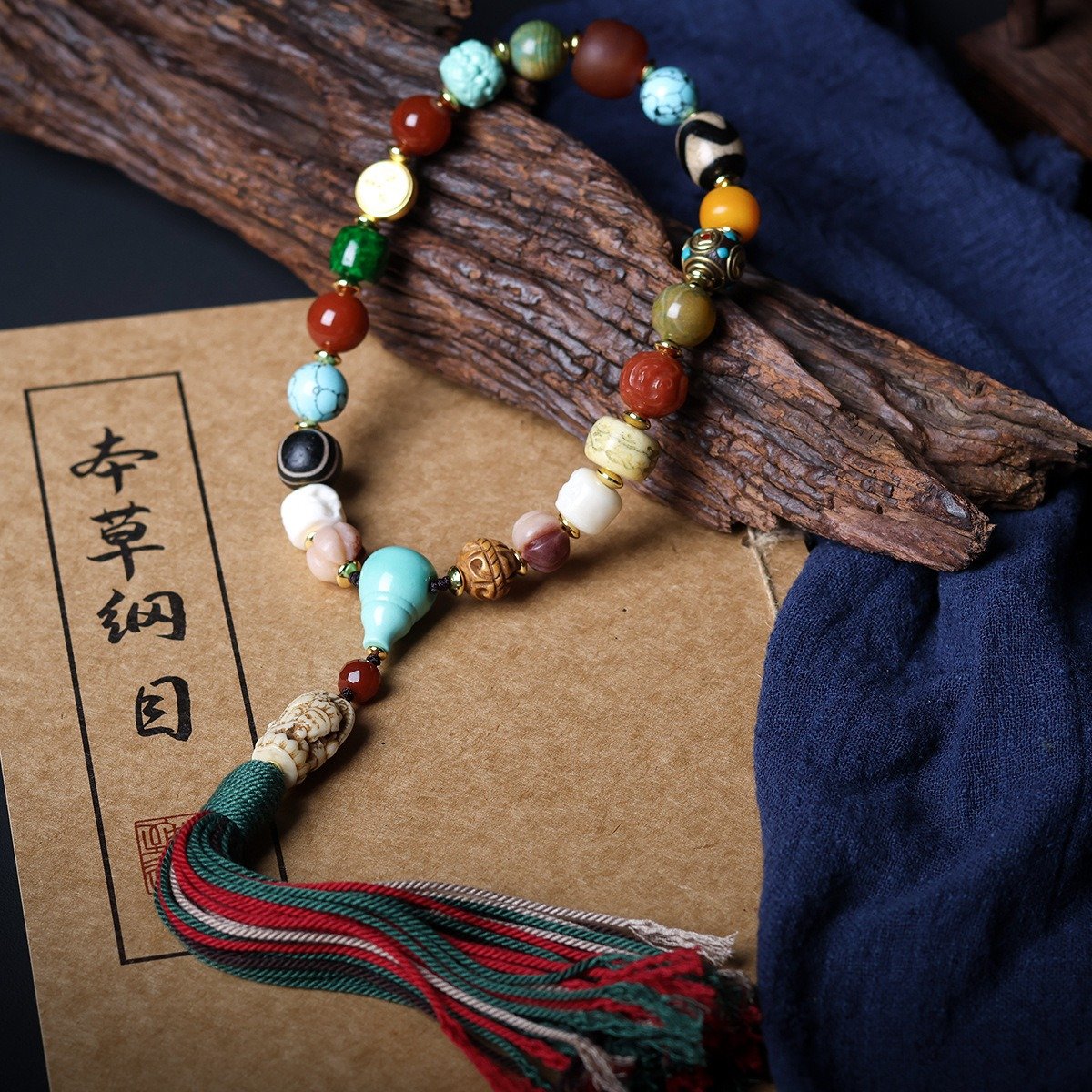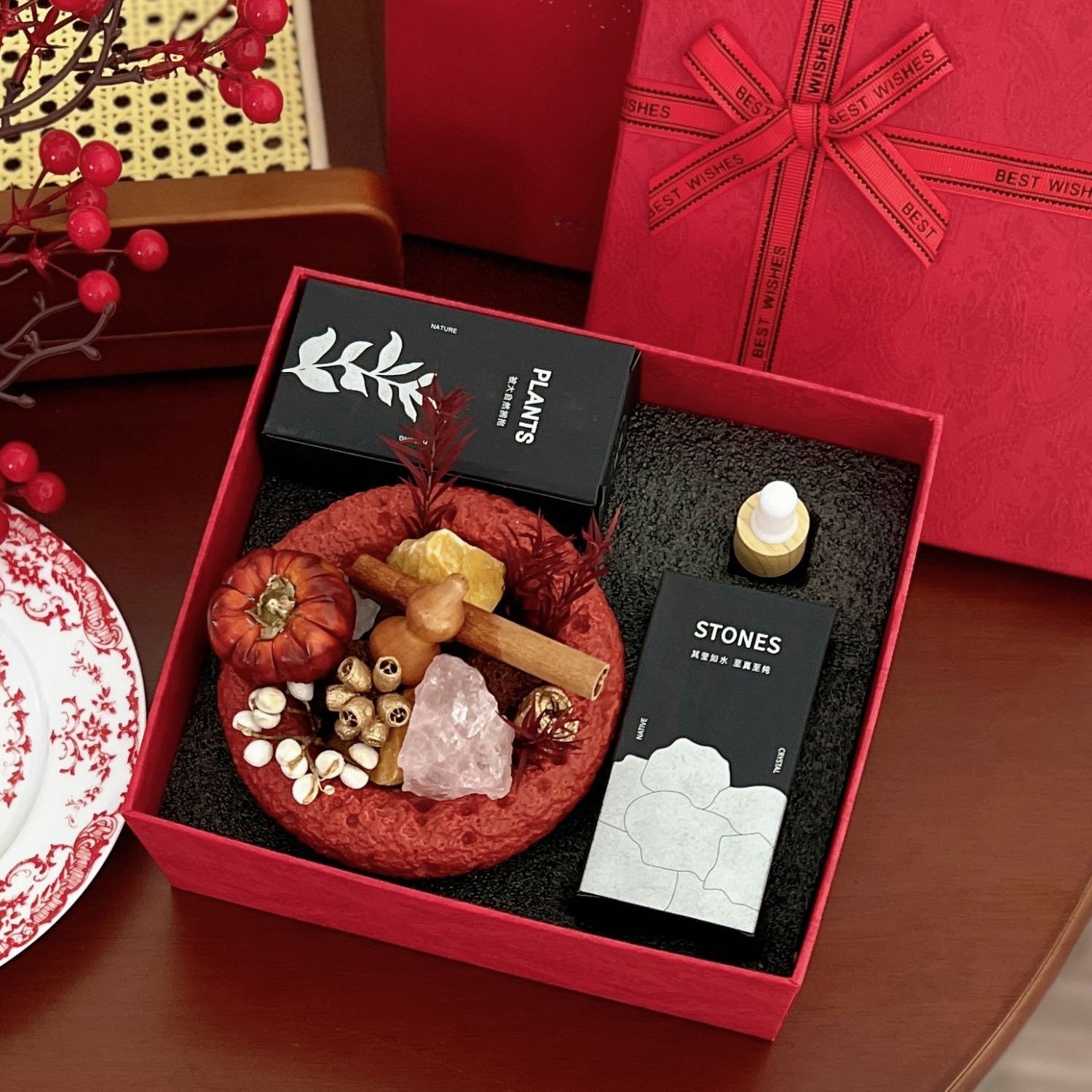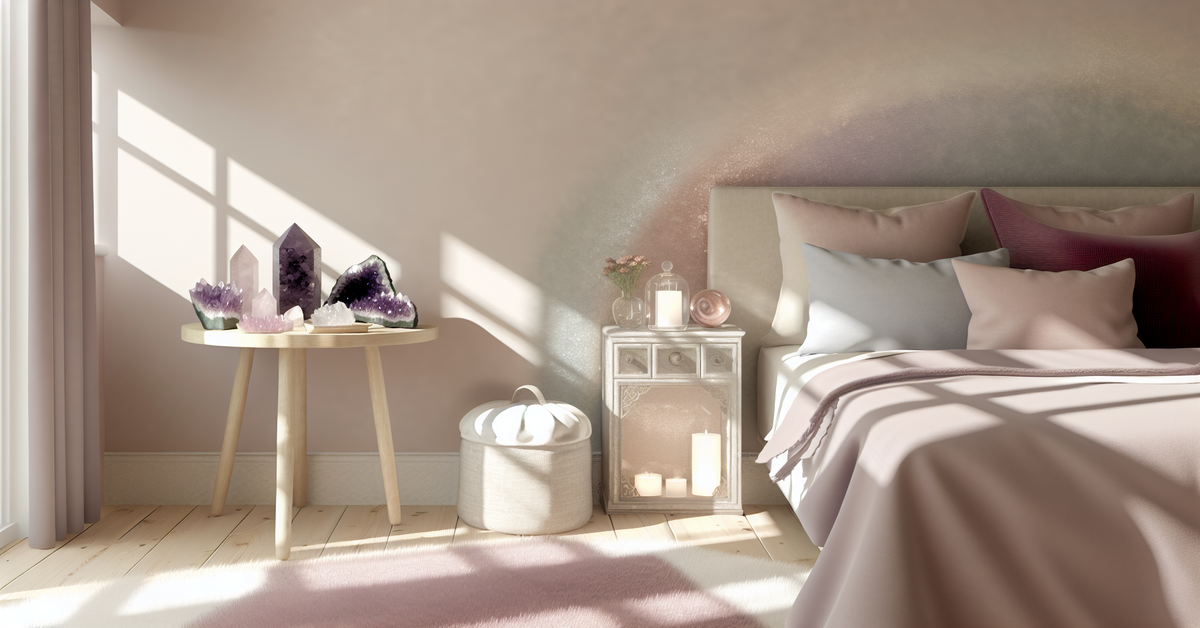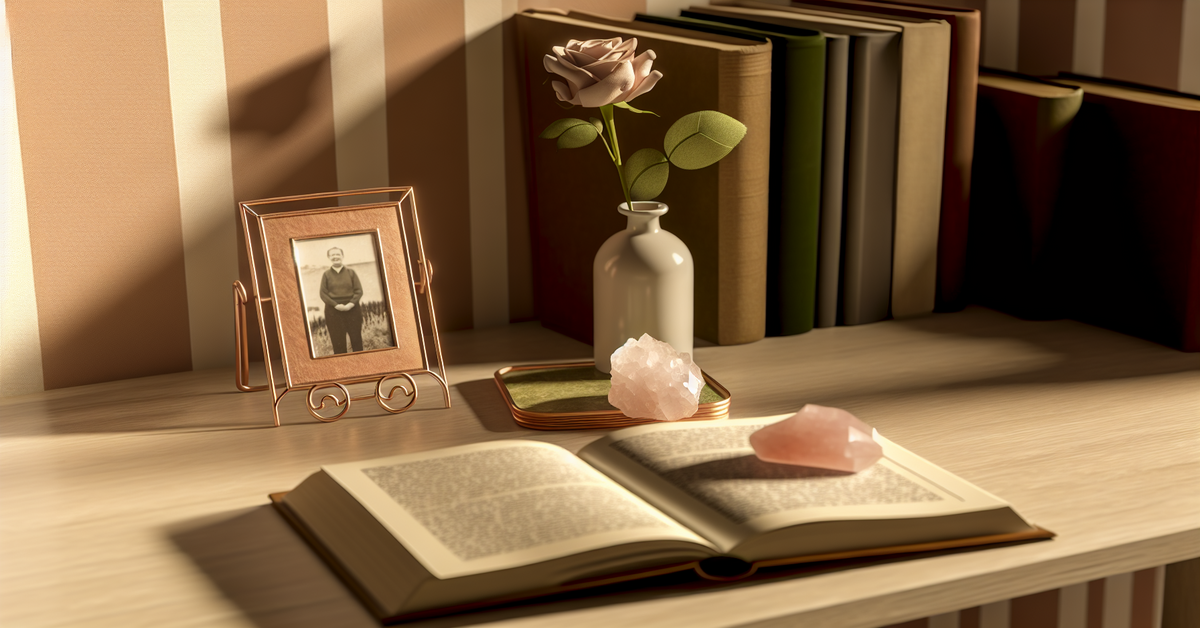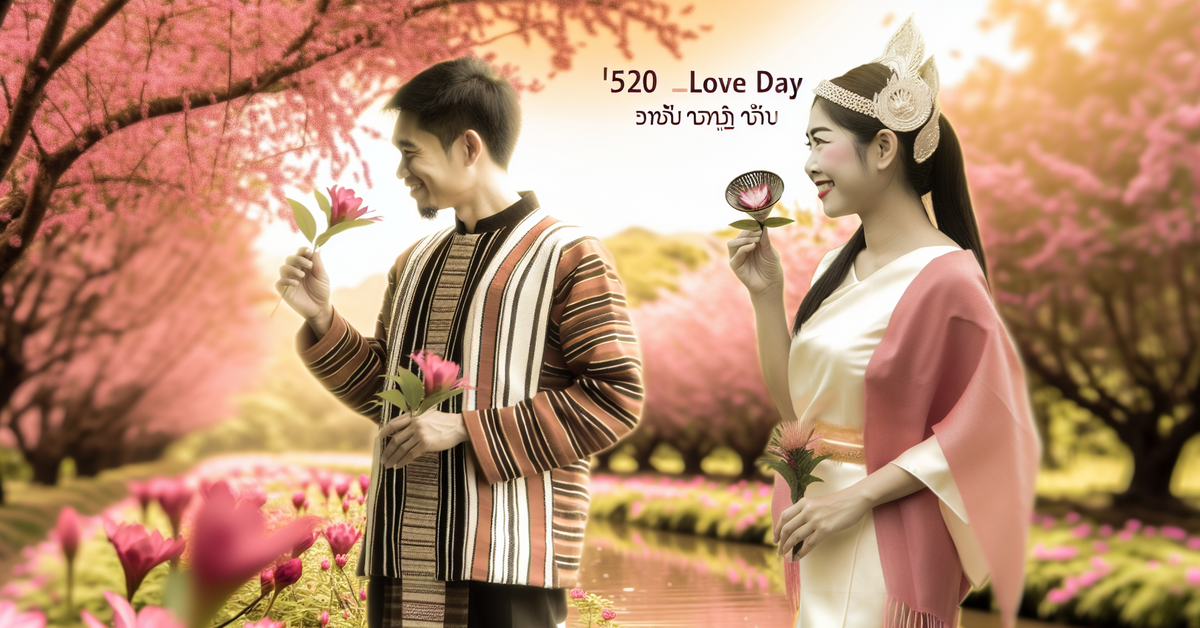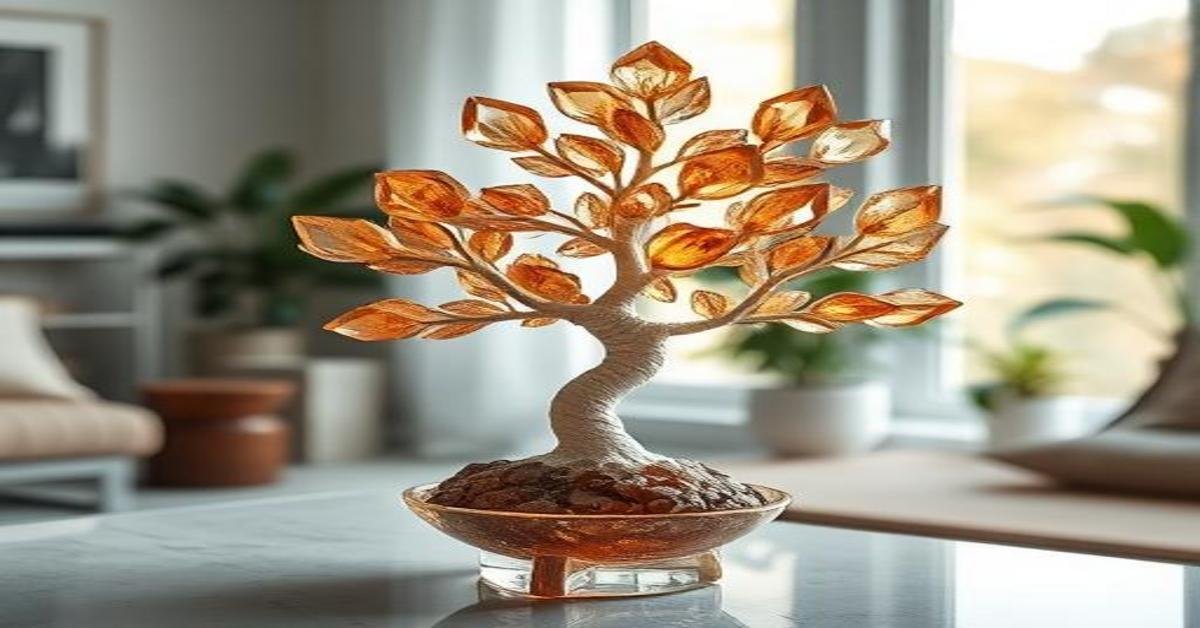The History and Origins of Feng Shui: From Ancient China to Modern Homes

Feng Shui, often described as the ancient Chinese art of placement, is much more than aesthetic home arrangement. It is a living philosophy that has evolved over thousands of years—shaped by culture, nature, and cosmological beliefs. Rooted in Taoist traditions and observations of the natural world, the history of Feng Shui offers a captivating journey through time, revealing how the wisdom of our ancestors continues to influence the way we design, organize, and even feel within our homes today. Understanding the origins of Feng Shui can unlock a deeper appreciation for its role in promoting harmony, balance, and well-being in our modern lives.
Historical Context and Philosophical Foundations
The history of Feng Shui can be traced back more than 3,500 years to ancient China, where it emerged as a practice connected to spiritual insight and environmental awareness. Originally known as “Kan Yu,” which means “looking up and observing the heavens, looking down and examining the earth,” Feng Shui was closely aligned with the Chinese metaphysical worldview. It reflects a belief in the interconnectedness of all things, particularly the flowing energy known as Qi.
The fundamental principles of traditional Feng Shui draw heavily from Taoist philosophy, particularly the concepts of Yin and Yang (the dual forces of nature) and the Five Elements (Wood, Fire, Earth, Metal, and Water). These frameworks were used not only in Feng Shui but in traditional Chinese medicine, astrology, and martial arts. The earliest documented use of Feng Shui was in burial sites of ancient emperors, where the orientation and location of tombs were believed to affect the fortune of the deceased’s descendants.
Ancient practitioners studied topography, prevailing winds, water flow, and astral alignments to determine the most favorable sites for homes, palaces, and even entire cities. The key objective was always the same: to harness beneficial Qi and minimize negative energies for a prosperous, healthy, and harmonious life.
Evolution Through Dynasties and Cultural Transitions
Over centuries, Feng Shui transformed and adapted as it traversed different dynastic eras. During the Han Dynasty (206 BCE – 220 CE), the refinement of the Luo Pan compass allowed practitioners to conduct more precise readings of direction and alignment. The Tang and Song dynasties saw the systemization of Feng Shui into schools of thought, most notably the Form School and Compass School.
Form School focused on the physical landscape and natural features—such as mountains, rivers, and slopes—whereas Compass School emphasized directional energy flow measured using the Luo Pan. These schools were not in opposition but rather complementary. Together, they expanded Feng Shui’s influence from burial grounds to homes, gardens, temples, and imperial palaces.
By the Ming and Qing Dynasties, Feng Shui had become deeply ingrained in Chinese society. It was no longer exclusive to royalty or scholars—traders, farmers, and everyday citizens embraced its practice to improve their fortunes and well-being. Manuals and diagrams became widely accessible, and Feng Shui began to take root in folk culture.
The 20th century brought major shifts due to colonization, political turmoil, and modernization. Despite efforts to suppress traditional beliefs during certain political periods, Feng Shui endured—transmitted through families, temples, and diaspora communities. As Chinese immigrants settled around the world, they carried the essence of traditional Feng Shui with them, planting it into the cultural soil of places like Southeast Asia, the Americas, and Europe.
Feng Shui in the Modern Home
Today, Feng Shui is enjoying a global resurgence, thanks in part to increased interest in wellness, sustainability, and holistic living. Its core values align with the desires of contemporary homeowners seeking not just beauty, but balance and intention in their living spaces. From urban apartments to suburban homes, the integration of traditional Feng Shui principles has found new forms of expression.
Modern practitioners often blend classical concepts with customized approaches. For instance, Bagua maps—a staple in Compass School Feng Shui—are used to evaluate how different areas of a home correspond with aspects of life such as career, health, wealth, and relationships. Meanwhile, interior designers incorporate the Five Elements into color schemes, materials, and decor to produce rooms that feel energetically aligned.
Widespread accessibility to Feng Shui education and tools has also made it more practical than ever. Apps, digital compasses, and online consultations allow people to analyze their homes without deep training. However, skilled experts still emphasize the importance of intention and sensitivity, two qualities that make Feng Shui more than just a design trend—it becomes a lifestyle.
Practical Ways to Apply Traditional Feng Shui at Home
If you’re curious about incorporating the wisdom of traditional Feng Shui into your space, consider starting with these simple yet powerful adjustments:
- Clear clutter: Stagnant energy accumulates in cluttered spaces, so begin with a tidy, organized home to promote Qi flow.
- Balance the five elements: Ensure your interior includes representations of Wood, Fire, Earth, Metal, and Water to sustain energetic equilibrium.
- Mind your bedroom placement: Position your bed so it faces the door (command position) but is not directly in line with it, fostering a sense of safety and control.
- Use mirrors wisely: Avoid placing mirrors where they reflect the bed or face another mirror, which can create energetic overstimulation.
- Welcome energy at the entrance: Ensure your front door is clean and unobstructed—the pathway through which good energy enters your home.
For added enhancement, consider using healing crystals aligned with Feng Shui principles. Black Tourmaline can protect entrances, Citrine promotes abundance in wealth corners, and Rose Quartz nourishes love and relationships when placed in the southwest area of your space.
Enduring Relevance in a Changing World
What makes Feng Shui so timeless is not mere tradition, but its adaptability and continued relevance. In a fast-paced digital world, the practice invites us to slow down, observe, and make deliberate changes that support both our external and internal environments. Whether you’re living in a rustic cottage or a high-rise condo, the core message of Feng Shui remains consistent: our surroundings influence our state of being, and with awareness, we can shape them to better serve our lives.
At Fortucharm, we believe in honoring ancient wisdom while embracing modern needs. By learning the history of Feng Shui and appreciating its origins in ancient China, we unlock tools for creating harmony, joy, and purpose in everyday living. As you arrange your furniture, choose your decor, or clear your energy flow with crystals, know that you’re participating in a lineage of consciousness that spans millennia.
So whether you’re a seasoned energy healer or a curious newcomer, the journey into Feng Shui is as enriching as the destination. Embrace the balance, and let your space be a reflection of your highest intention.

